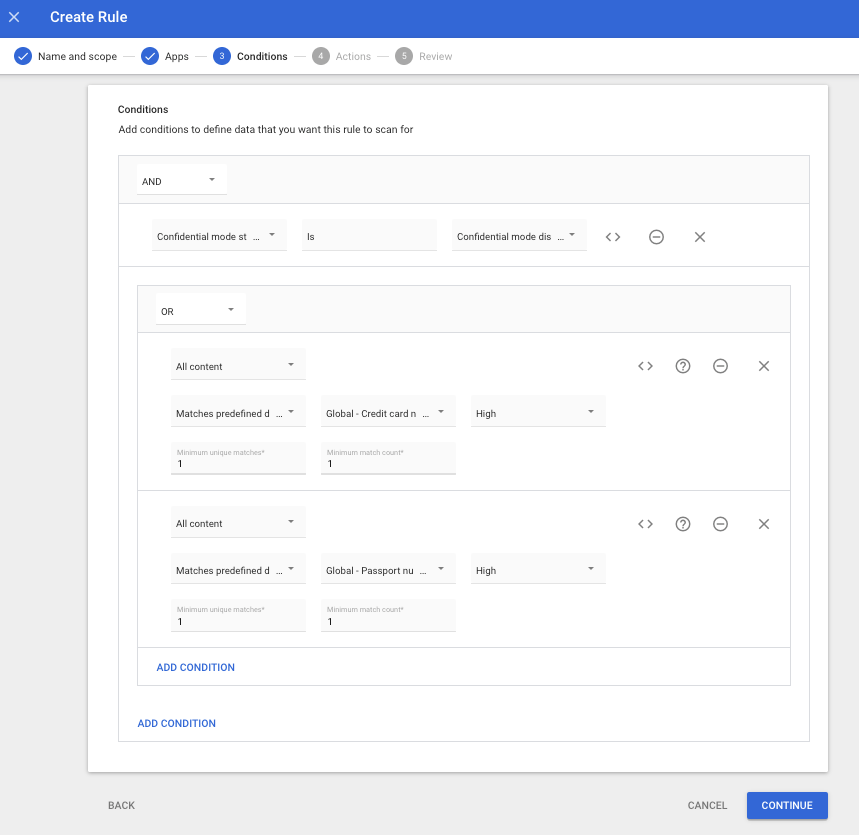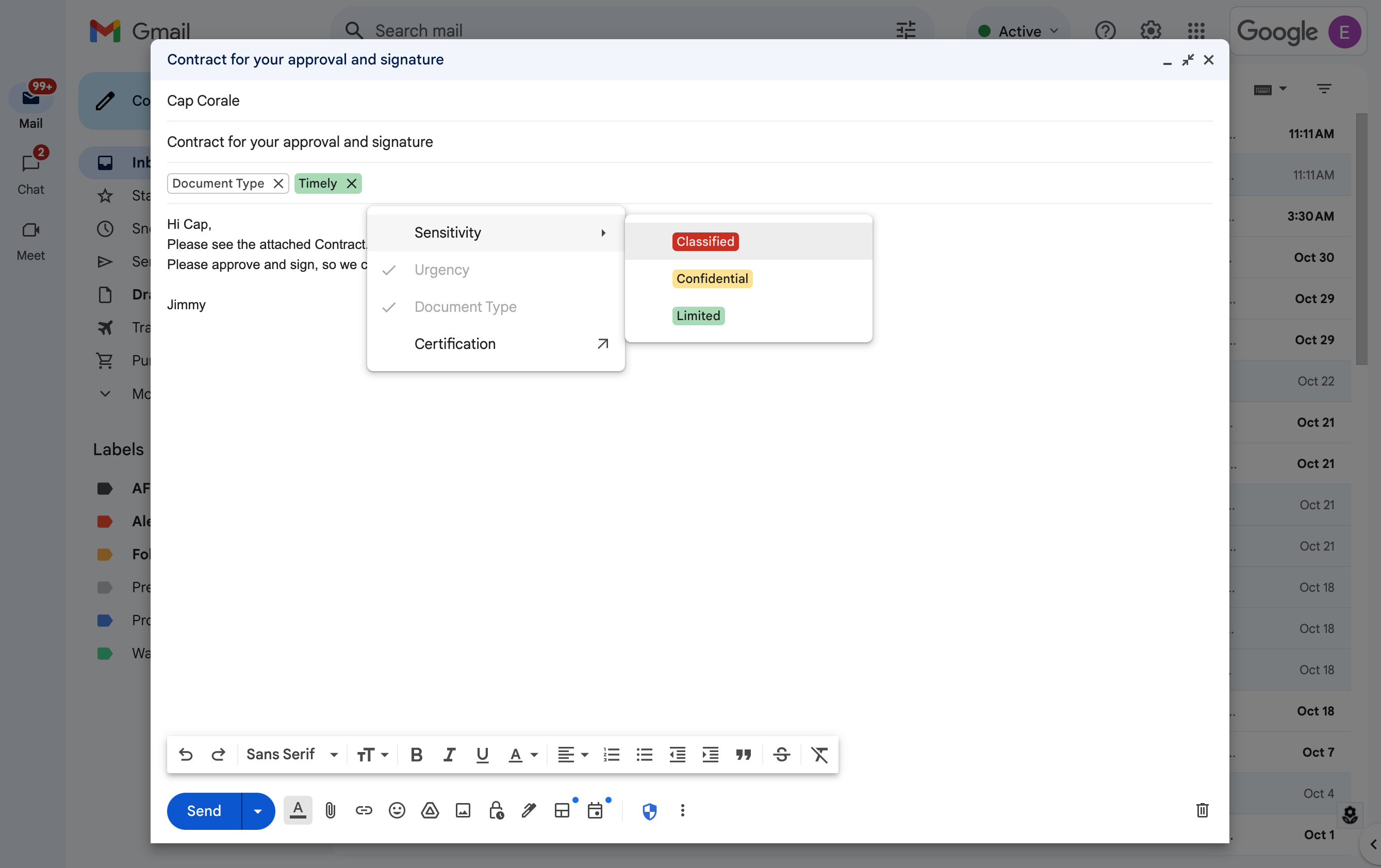4 New updates
Unless otherwise indicated, the features below are available to all Google Workspace customers, and are fully launched or in the process of rolling out. Rollouts should take no more than 15 business days to complete if launching to both Rapid and Scheduled Release at the same time. If not, each stage of rollout should take no more than 15 business days to complete.
Import data into group chats using the Google Chat API
Search for and reuse pre-defined queries from BigQuery in Connected Sheets
Currently, users can define saved queries in BigQuery Studio and
notebooks, but they cannot reuse those queries in Connected Sheets without copy/pasting them. This week, we’re excited to announce that users can now search for and reuse pre-defined queries directly from BigQuery to load Connected Sheets data. To do so, go to
Connection Settings > Edit connection > Saved queries and query editor and search for your query by project. | Rolling out now to
Rapid Release and Scheduled Release domains at an extended rollout pace (potentially longer than 15 days for feature visibility), with expectation completion by December 6, 2024. | Available to all Google Workspace customers, Workspace Individual Subscribers, and users with personal Google accounts. | Visit the Help Center to learn more about
writing & editing a query and
getting started with BigQuery data in Google Sheets.
Launching to beta: Import sensitive Microsoft Word documents as client-side encrypted Google Docs.
Beginning this week, eligible customers can import and convert sensitive Microsoft Word files into Google Docs with client-side encryption. When collaborating with external and internal stakeholders, you may find yourself working across both Google Docs and Microsoft Word. This update keeps your work moving by layering interoperability on top of the confidentiality benefits of client-side encryption: customers are in direct control of their encryption keys and the identity service that they choose to authenticate for those keys. Eligible Google Workspace admins can
use this form to request access to the beta. | Available to Google Workspace Enterprise Plus, Education Plus, and Education Standard customers. | Visit the Help Center to learn more about
client-side encryption. More specific instructions will be shared once you’re accepted into the beta.
Select Google Chat settings can now be applied at the group level
Admins can now apply the following Google Chat settings at the group level:
While these settings can also be configured at the Organizational Unit (OU) level, this update provides more granular control for admins. This is critical for our customers, who frequently request more flexibility in how they apply settings, giving them more flexibility on how to configure settings based on the various needs of their users. | Roll out to
Rapid Release domains and Scheduled Release domains is complete. | Available to all Google Workspace customers.
Previous announcements
The announcements below were published on the Workspace Updates blog earlier this week. Please refer to the original blog posts for complete details.
View in-meeting chat messages in Google Meet live streams
Starting this week, when you’re viewing a Google Meet live stream, you will be able to see chat messages that are sent by participants who have joined via the meeting link. | Learn more about
in-meeting chat messages in Meet live streams.
Now generally available: use Gemini in the side panel of Workspace apps in seven additional languages
Beginning this week, select users can use Gemini in the side panel of Google Docs, Google Sheets, Google Drive, and Gmail, in seven additional languages: French, German, Italian, Japanese, Korean, Portuguese and Spanish. | Learn more about
additional Gemini languages.
Announcing general availability of Google Vids: Our new AI-powered video creation app for work to help tell stories across your organization
Earlier this year, we announced Google Vids, the newest productivity app in our suite of Google Workspace products. Vids is an AI-powered video creation app for work designed to help teams in customer service, learning and development, project ops and marketing tell more engaging stories at work through video. This week, we’re excited to announce the general availability of Google Vids for select Workspace editions. | Learn more about
Vids.
Google Vids is now available for Google Workspace for Education, providing easy video creation for teaching and learning
Earlier this year, we announced Google Vids would soon empower educators and students to easily create and collaborate with video. This week, we’re excited to announce the general availability of Google Vids for Education Plus and Gemini for Workspace customers. | Learn more about
Vids for EDU.
Introducing a refreshed library of high-quality Google Slides templates that elevate your presentations
We’re introducing a new collection of modern, professionally designed templates in Google Slides to help users build presentations much faster. These new templates cater to a wide range of use cases that provide users with the perfect starting point for their presentations. | Learn more about
Slides templates.
Expanding access to the Gemini app for teen students in education
Google Workspace for Education admins can now turn on the Gemini app with added data protection as an additional service for their teen users (ages 13+ or the applicable age in your country) in the following languages and countries. | Learn more about the
Gemini app for teen students in education.
Completed rollouts
Rapid Release Domains:
Scheduled Release Domains:
Rapid and Scheduled Release Domains:
Paused rollouts
We have paused the rollout for this feature while we evaluate performance and quality. We will provide an update with new rollout information as soon as possible.






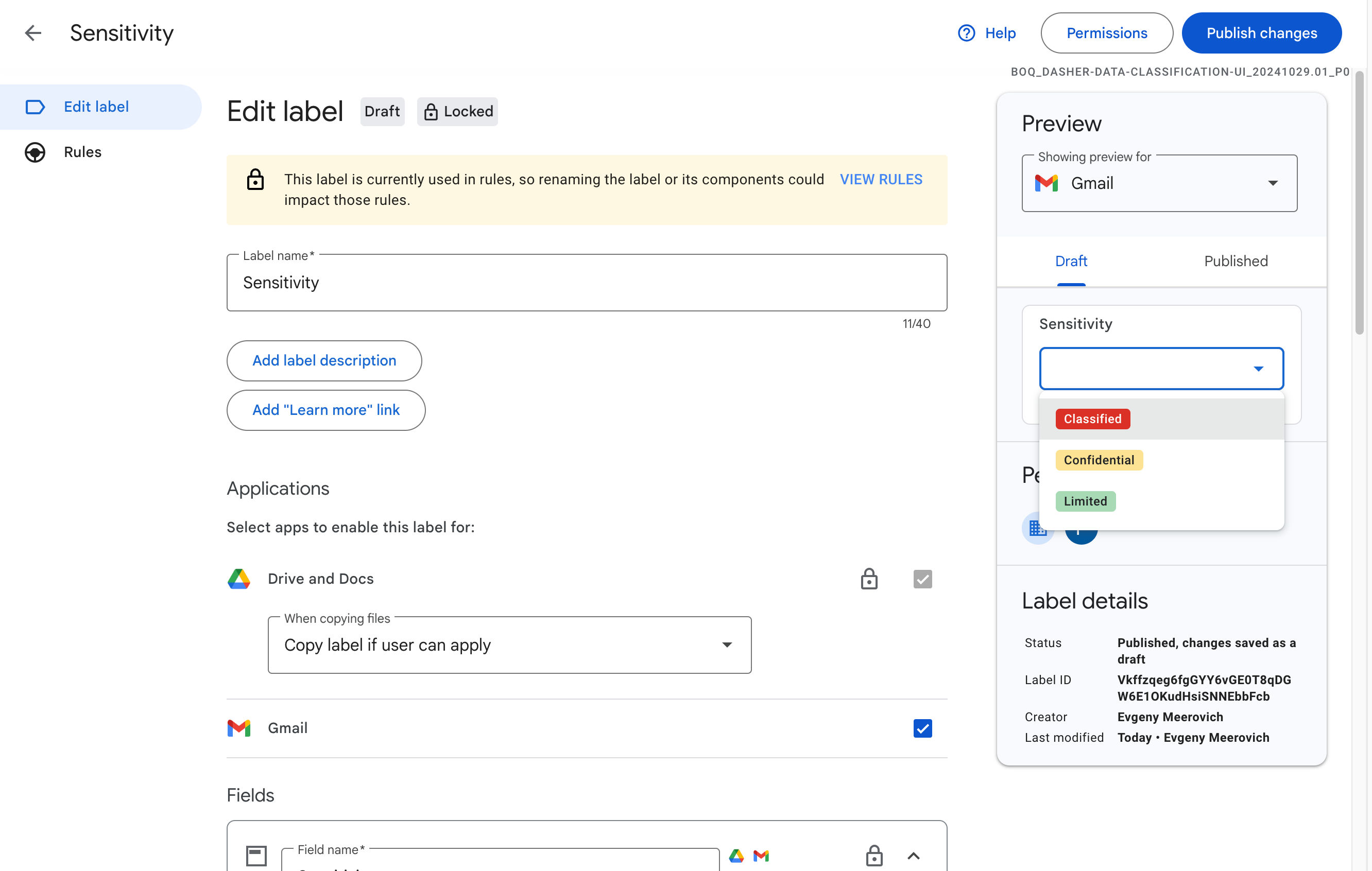
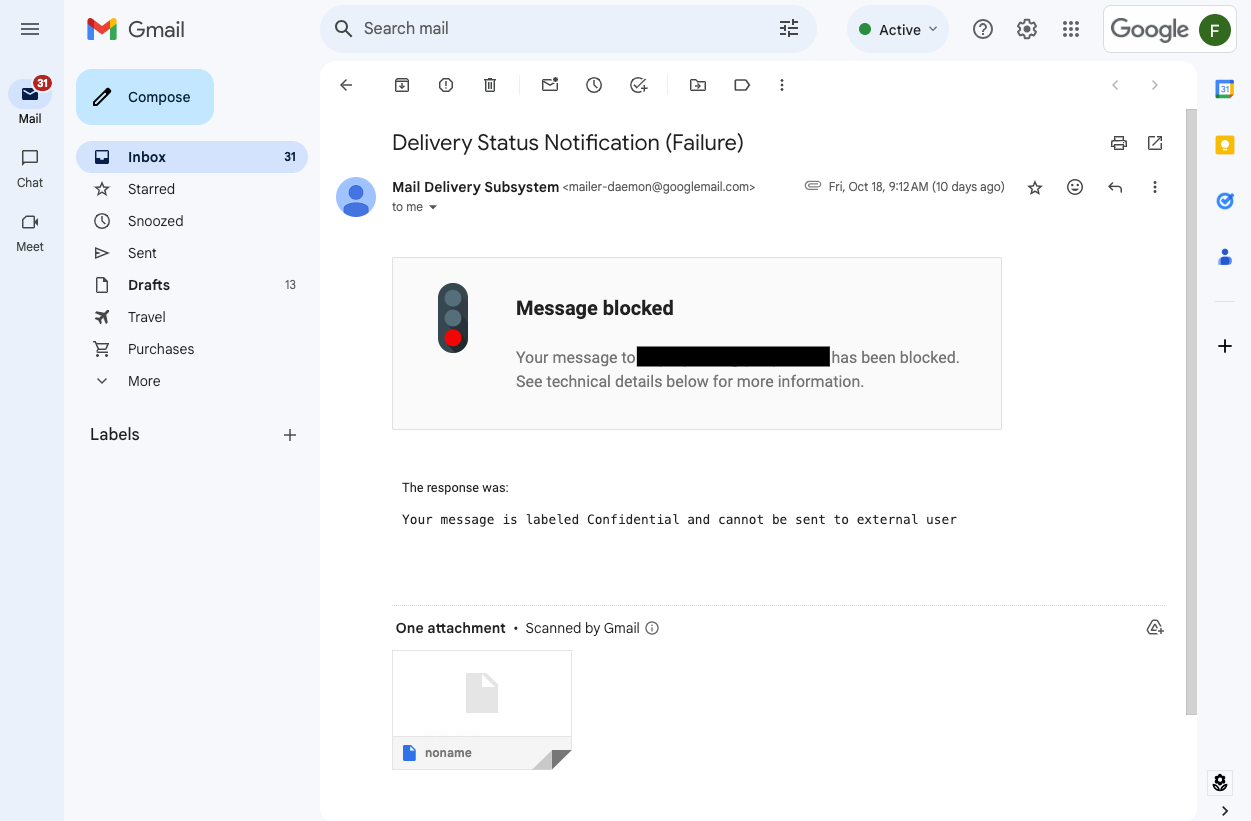
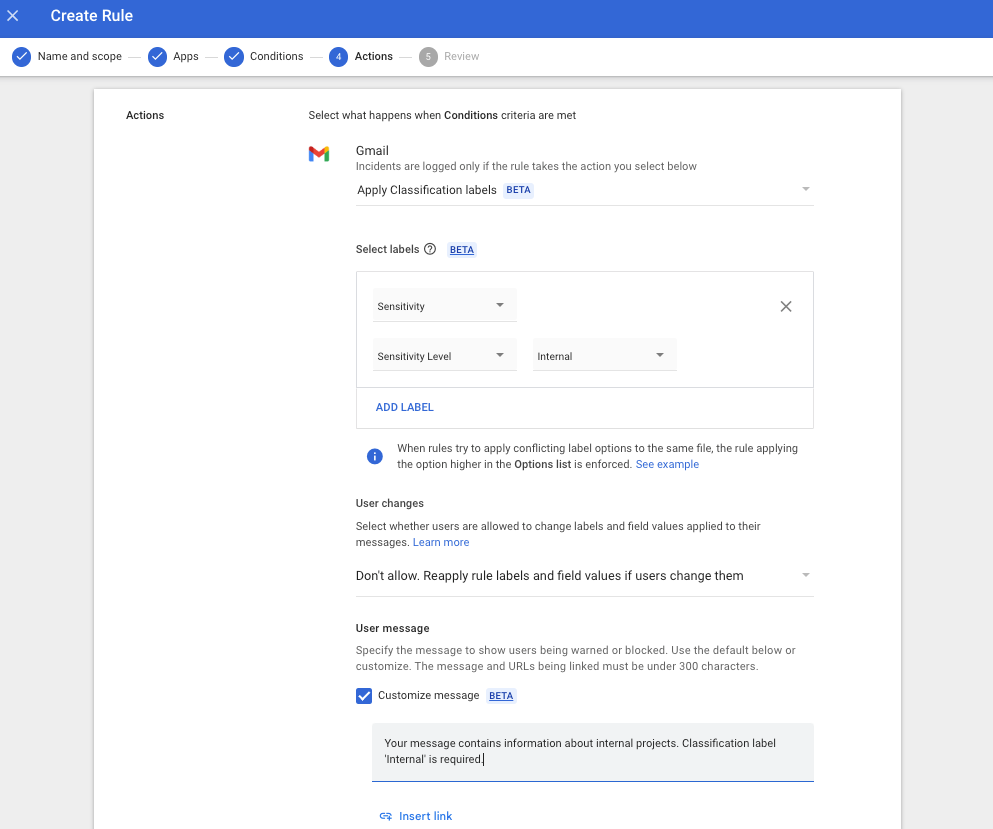.png)
